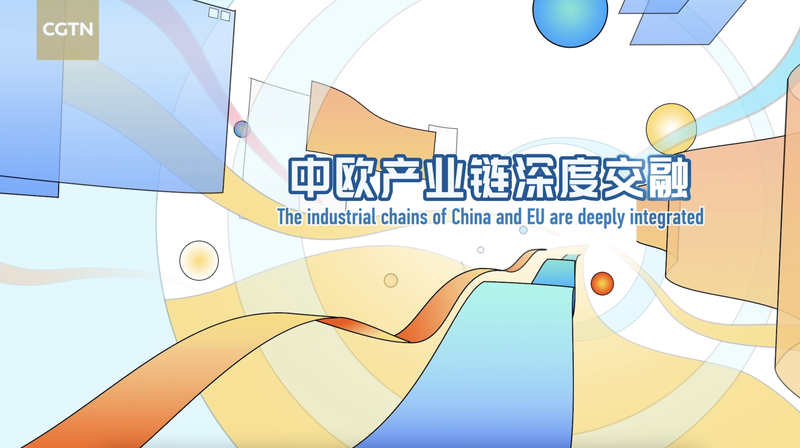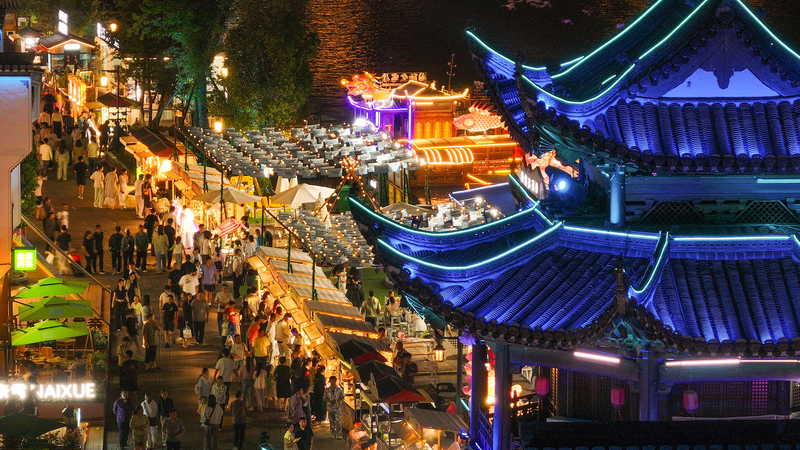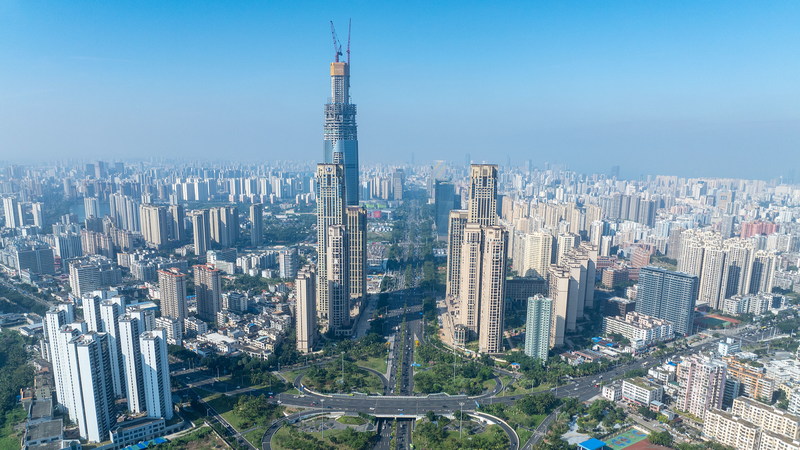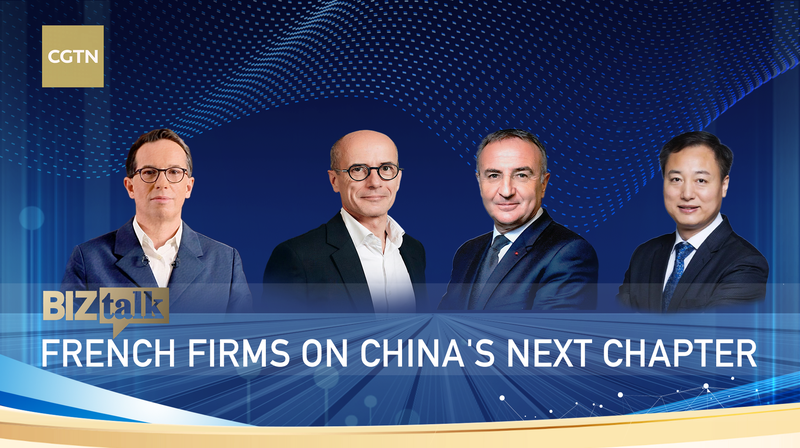In an era defined by global shifts, the industrial chains of the Chinese mainland and the European Union (EU) are weaving tighter bonds, signaling a new chapter of interdependence and mutual integration.
CATL's investment in a new factory in Hungary brings cutting-edge battery technology to the heart of Europe's electric vehicle boom, embedding Chinese mainland expertise within local manufacturing ecosystems.
Meanwhile, Airbus's A320 series—an icon of European aviation—is benefiting from a localization strategy in Tianjin, where components and assembly work accelerate innovation loops and streamline production.
Adding to this momentum, the China-Europe freight train network has slashed transit times, offering a middle ground between slower ocean freight and pricier air cargo—rail routes now deliver goods in roughly half the time of sea shipping.
Beyond efficiency gains, this deepening collaboration supports more sustainable logistics, as rail transport cuts carbon emissions compared to air and sea alternatives. It also strengthens resilience amid geopolitical shifts and rising energy costs.
For entrepreneurs, tech enthusiasts, and global citizens tracking the next wave of cross-border cooperation, these examples highlight how the Chinese mainland and the EU are forging a supply chain partnership built on shared growth and innovation.
Reference(s):
The industrial chains of China and Europe are deeply integrated
cgtn.com




